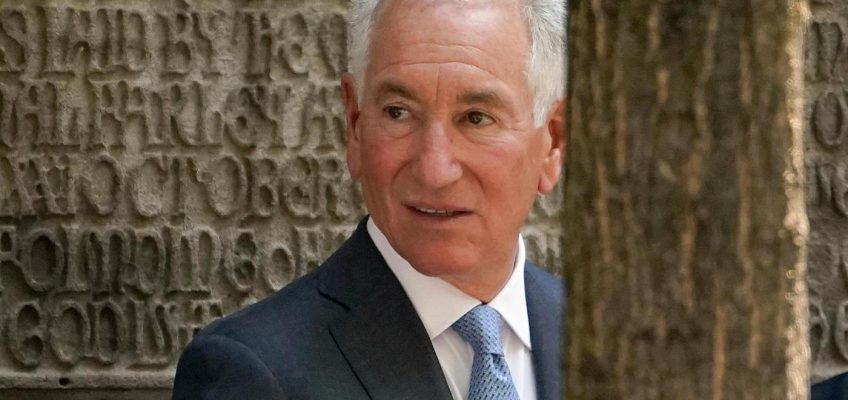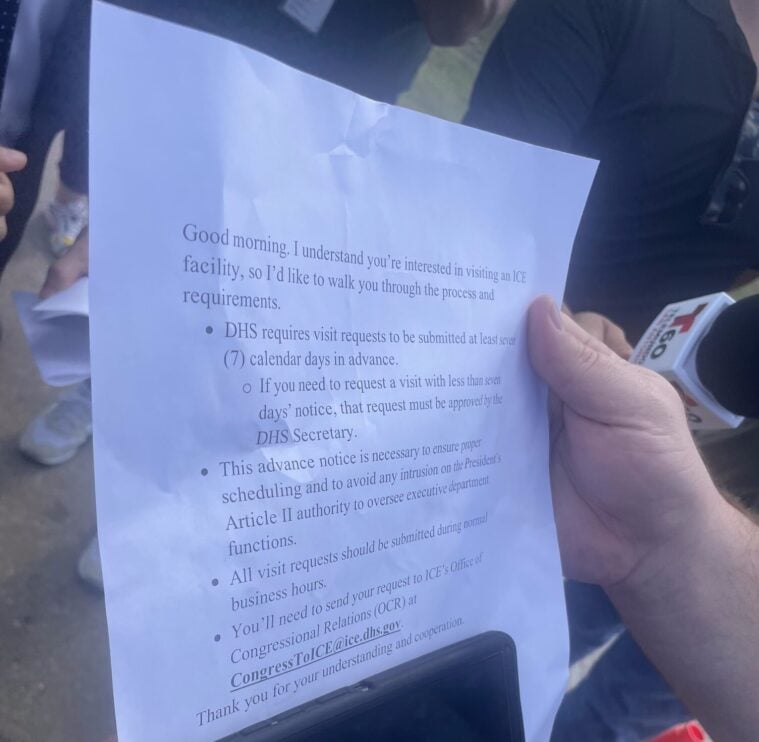Farmington
2024 record: 5-4 (lost in first round of Class 6A playoffs)
Returning starters: 5 on offense, 6 on defense
Impact returnees: After leading the team in tackles in 2024 at inside linebacker, Chris Rehak is expected to get a heavy load at running back this fall. Linebacker Max Blandin is a versatile field patrol who defends the run and pass well.
Shoutout to a lineman: Tigers coach Jon Pieper calls returning junior offensive tackle Rocco Fulk “nasty and aggressive.”
Schedule: vs. Eastview, at Lakeville North, at White Bear Lake, vs. Lakeville South, vs. Rosemount, at Eagan, vs. Shakopee, at Prior Lake
The skinny: The Tigers defense figures to be stout, with Division-2 prospects littered across the field in defensive backs Daniel Sather and Logan Petsinger, defensive end Hank VonBank and Blandin at linebacker.
Since graduated dual-threat quarterback Jonah Ask carried the offense last year, but Cade Boyles will take the snaps this fall and guide an offense that could feature a strong rushing attack.
Prior Lake
2024 record: 5-5 (lost in second round of Class 6A playoffs)
Returning starters: Not known
Impact returnees: Receiver Aiden Mbinda was the team’s leading receiver in 2024. Linebacker Dylan Hawley led the team in tackles last year, with 86.
Shoutout to a lineman: Iowa State commit Ethan Beckman is one of the top offensive linemen in the state.
Schedule: at Forest Lake, vs. Eagan, at Rosemount, vs. Minnetonka, at Lakeville North, vs. Shakopee, at Lakeville South, vs. Farmington
The skinny: Prior Lake has to replace its offensive backfield, but there’s enough returning talent up front and defensively to surmise the Lakers will again be a tough out.
Shakopee
2024 record: 10-2 (lost in Class 6A state semifinals)
Returning starters: 2 on offense, 4 on defense
Impact returnees: Junior safety Blake Betton is one of the top recruits in the state, with offers from the likes of Minnesota, Iowa and Michigan. Judah Forsberg ran for north of 500 yards last season while also handling quarterback duties.
Shoutout to a lineman: Defensive lineman Nehemiah Ombati has offers from South Dakota State and North Dakota.
Schedule: at Eagan, vs. Lakeville South, at Stillwater, vs. Rosemount, vs. Osseo, at Prior Lake, at Farmington, vs. Lakeville North
The skinny: Shakopee has a number of fresh faces after graduating a large chunk from last year’s title contender, but the Sabers are restocked with athletes and gamebreakers. Running backs Joseph Taye, Carson Turner and Chris Peris and receiver Quinn Schriever all have explosive possibilities, while Ombati and linebacker Blake Loughlin are poised for potential breakouts. Loughlin will be aided by returning linebackers such as Andrew McGee and Mike Doering.




